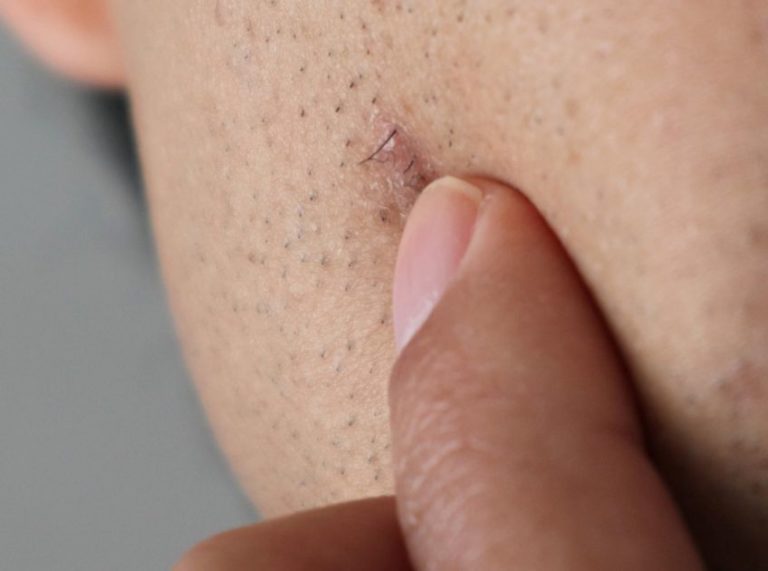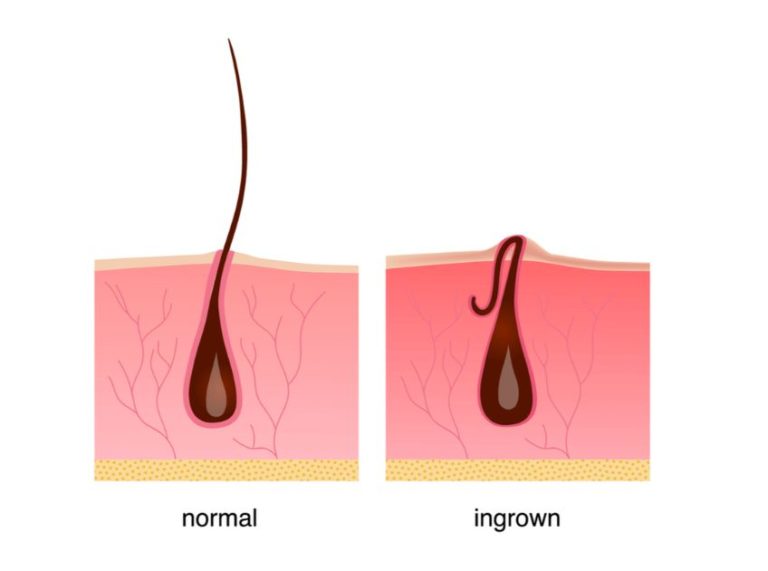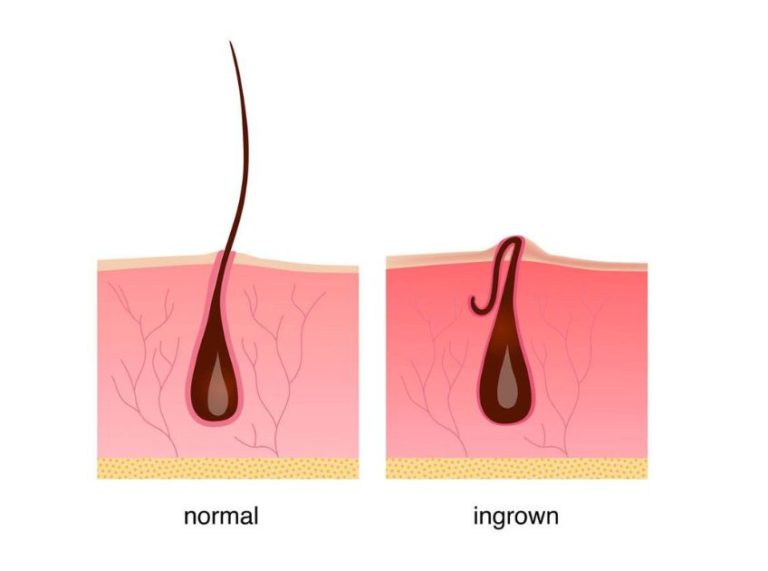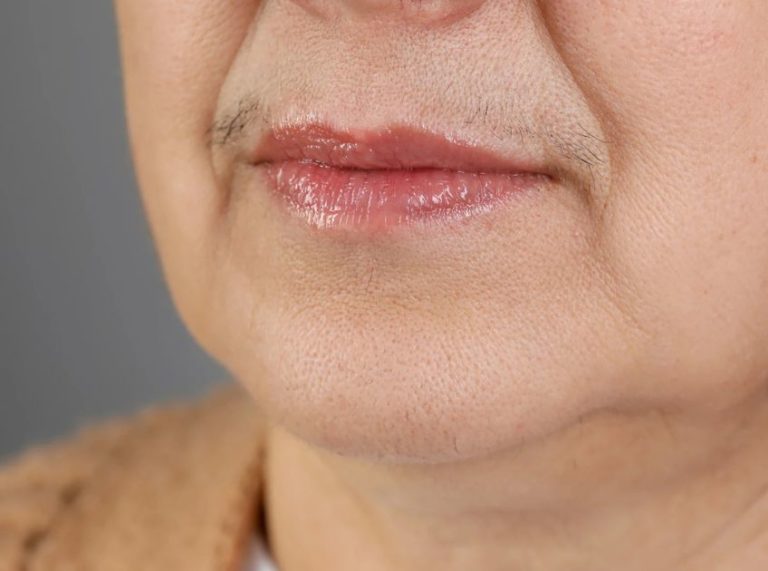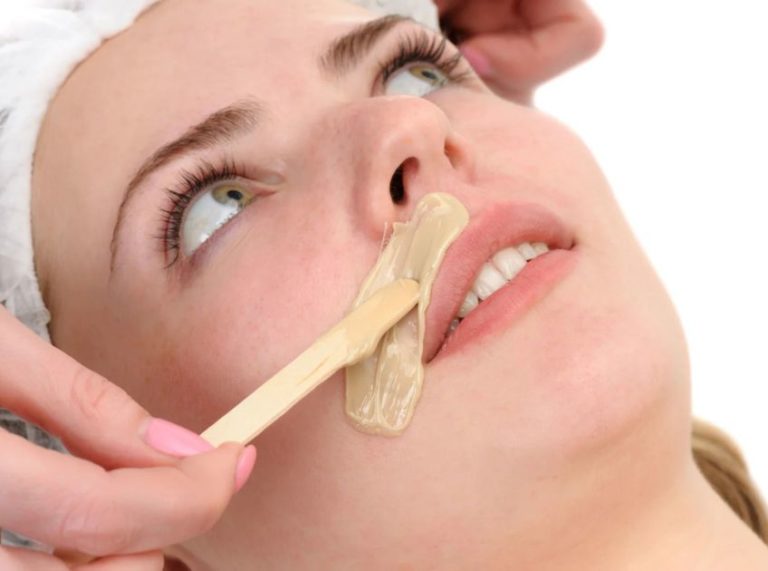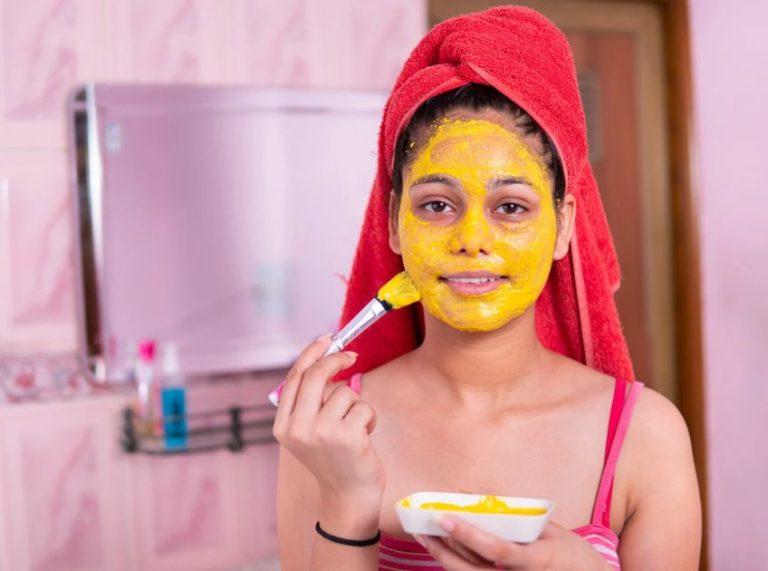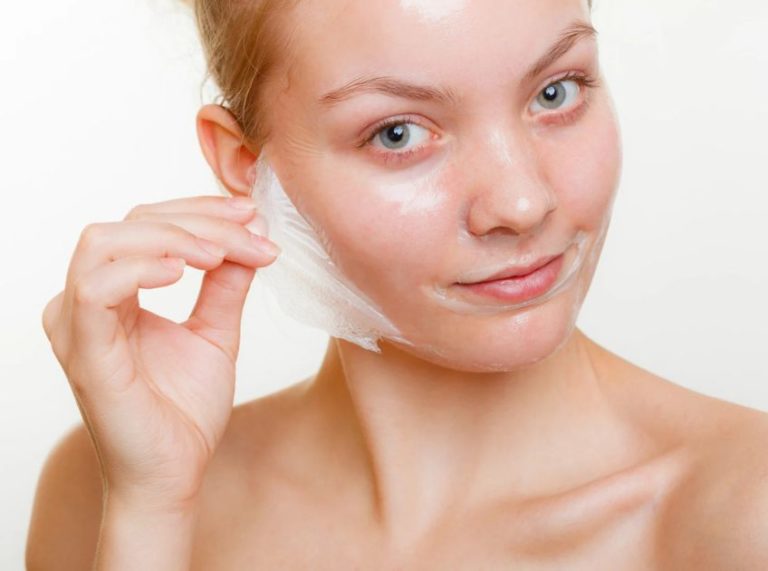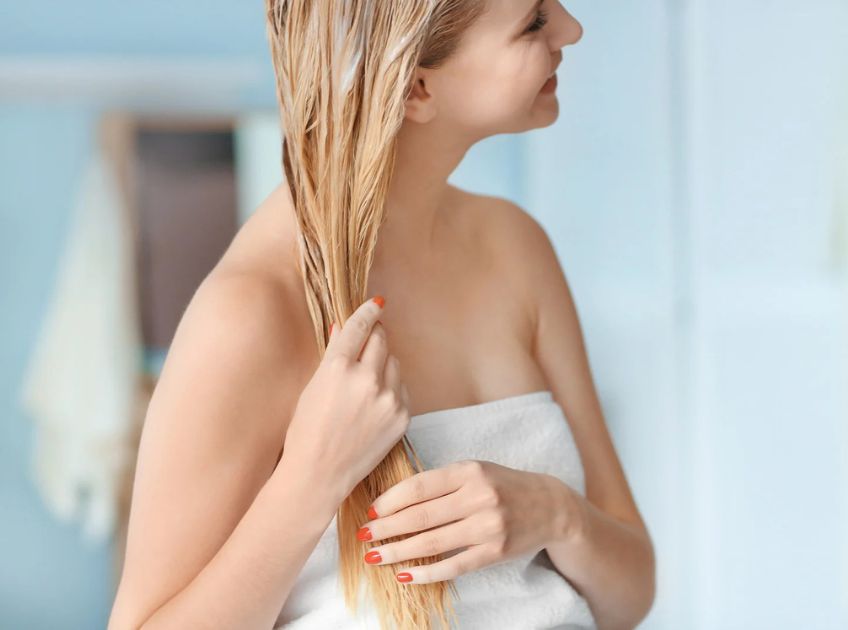
Important: This article is for informational purposes only. Please read our full disclaimer for more details.
Dreaming of sun-kissed highlights without harsh chemicals? DIY hair lightening can give you gentle, natural results right from your kitchen. These homemade recipes are affordable, easy, and kinder to your hair.
Let’s explore the best ways to brighten your strands—safely and naturally.
Lighten Up Naturally: The Safe Way to Brighter Hair
If you’ve been searching for ways to lighten your hair without bleach, you’re not alone.
Homemade lightning treatments are gaining popularity for being gentle, customizable, and chemical-free.
They also preserve the health of your hair while delivering visible results over time.
Why Choose DIY Hair Lightening?
- Avoid harsh chemicals and salon damage.
- Cost-effective and easy to make at home
- Gives a gradual, sun-kissed look
- Perfect for those looking for a subtle change
What Makes These Ingredients Work?
Natural lighteners work by opening the hair cuticle and lifting pigment gradually.
Some ingredients act as mild acids (like lemon), while others enhance sun-activated lightning.
The Science Behind the Natural Lighteners
- Lemon Juice: Contains citric acid that reacts with UV rays to oxidize melanin in hair
- Chamomile Tea: Rich in flavonoids like apigenin, which have natural lightening properties
- Honey + Cinnamon: Releases low levels of hydrogen peroxide when mixed with water
Backed by Science
- A study published in Pharmaceutical Biology notes chamomile extract’s hair-brightening effects (1)
- Citric acid, found in lemon juice, has been shown in cosmetic research to affect hair pigment when exposed to light (2)
- Research on hydrogen peroxide release from honey (Journal of Medicinal Food, 2010) supports its lightning potential (3)
When to Stop Using These Methods
- If you notice dryness, increased breakage, or scalp irritation
- Discontinue if your hair becomes brittle or too porous
- Always deep condition in between sessions to prevent damage
Tweak Your Ingredients as Needed
- Add more honey or oil for hydration if your hair feels dry
- Reduce lemon juice for sensitive scalps
- Add conditioner to any mix for extra moisture and spreadability
Best Hair Types for DIY Lightening
- Light brown to blonde hair sees the most noticeable results
- Dark hair may require more applications to see a subtle lift
- Not recommended for already bleached or chemically processed hair
Is DIY Hair Lightening Safe?
Yes—when done in moderation and with proper aftercare. Natural ingredients are gentler than bleach, but they can still cause dryness. Always use sunscreen or a hat if applying sun-activated recipes outdoors. Deep conditioning is key to maintaining your hair’s health.
Top 3 DIY Hair Lightening Recipes
1. Lemon Juice + Sunlight Treatment
Introduction
This is one of the oldest and most effective natural methods for lightening hair. Lemon juice contains citric acid, which reacts with sunlight to gently bleach the pigment in your hair. It’s ideal for those with naturally light to medium brown hair.
Ingredients
- 2 tablespoons freshly squeezed lemon juice
- 1 cup distilled water
- 1 teaspoon coconut oil (optional, for hydration)
- Spray bottle
Directions to Use
- Mix the lemon juice and water in a spray bottle.
- Add coconut oil if your hair is prone to dryness.
- Shake well to combine.
How to Apply
- Spray generously on damp hair, focusing on areas where you want lightening.
- Sit in the sun for 30 to 60 minutes (wear sunscreen and protect your skin).
- Rinse thoroughly and follow up with a deep conditioner.
Tips
- Use once a week for gradual lightening.
- Don’t overdo it—lemon can be drying, especially in the sun.
Best for
- Light brown, dark blonde, or natural blonde hair
2. Honey + Cinnamon Deep Lightening Mask
Introduction
Honey is a gentle, natural peroxide releaser, and cinnamon boosts this effect while adding warmth to your color. This combo works gradually and also deeply conditions your hair.
Ingredients
- 2 tablespoons raw, unpasteurized honey
- 1 tablespoon ground cinnamon
- 1 tablespoon olive oil or conditioner
- Shower cap or plastic wrap
Directions to Use
- Mix the honey and cinnamon into a paste.
- Add olive oil or conditioner to make the blend easier to spread.
- Let the mixture sit for 30–60 minutes to activate the peroxide in the honey.
How to Apply
- Apply the paste to damp, clean hair using a brush or fingers.
- Focus on strands you want to lighten.
- Cover hair with a shower cap or plastic wrap.
- Leave on for 3–4 hours, or overnight for stronger results.
- Rinse thoroughly with warm water and a mild shampoo.
Tips
- Safe for repeated use (once or twice a week).
- Cinnamon may cause a tingling sensation—do a patch test first.
Best for
- All hair types, especially darker tones, need gradual warm highlights
3. Chamomile Tea & Apple Cider Vinegar Rinse
Introduction
Chamomile tea naturally brightens blonde or light brown hair. It’s perfect for enhancing natural highlights or giving hair a golden glow. ACV adds shine and balances the pH.
Ingredients
- 2 chamomile tea bags
- 1 cup hot water
- 1 teaspoon apple cider vinegar (optional for shine)
- Spray bottle or cup
Directions to Use
- Steep chamomile tea bags in 1 cup of hot water for 15–20 minutes.
- Remove tea bags and allow the liquid to cool.
- Add ACV once the tea is lukewarm.
- Pour into a spray bottle for easy application.
How to Apply
- Apply to clean, damp hair as a final rinse or use as a leave-in spray.
- For enhanced results, sit in the sun for 20–30 minutes after application.
- Rinse or leave in, depending on your preference.
Tips
- Safe for frequent use (2–3 times a week).
- Can be left on hair without rinsing for subtle results over time.
Best for
- Naturally blonde, light brown, or gray hair
Frequently Asked Questions (FAQ’S)
Q1. How often can I use these treatments?
A. 1–2 times per week is safe. Monitor your hair’s reaction and moisture level.
Q2. Will these work on dyed or treated hair?
A. Results may vary. It’s best used on natural, untreated hair for even lightening.
Q3. How long until I see results?
A. Most methods show gradual lightening after 2–4 uses, depending on your hair color and porosity.
DIY hair lightening is a gentle, natural way to get the sun-kissed glow you’ve always wanted.
With the right ingredients, patience, and care, you can safely brighten your strands at home.
Always listen to your hair, adjust your recipe, and follow up with moisture.
Go ahead—lighten up the natural way and let your hair shine!
